More than just a giant pot of melted cheese, Swiss fondue embodies the epitome of simplicity and conviviality – and even incorporates certain democratic values of Switzerland, such as equality and solidarity. Stereotypically, fondue conjures images of ski holidays in a romantic chalet, however most Swiss people enjoy it in the place they love best: their home.
The Origins
Different stories are told regarding the origins of this Swiss favourite that has made its way around the world. Some say it has its roots in the French-speaking Savoy region of the Western Alps, where poor shepherds were eating melted cheese as long as 2,800 years ago (the word ”fondue” is French for “melted”), while others say fondue used to be the favourite food of the Swiss Army, and still others claim it was a lowly peasant dish making use of leftover bread and cheese.
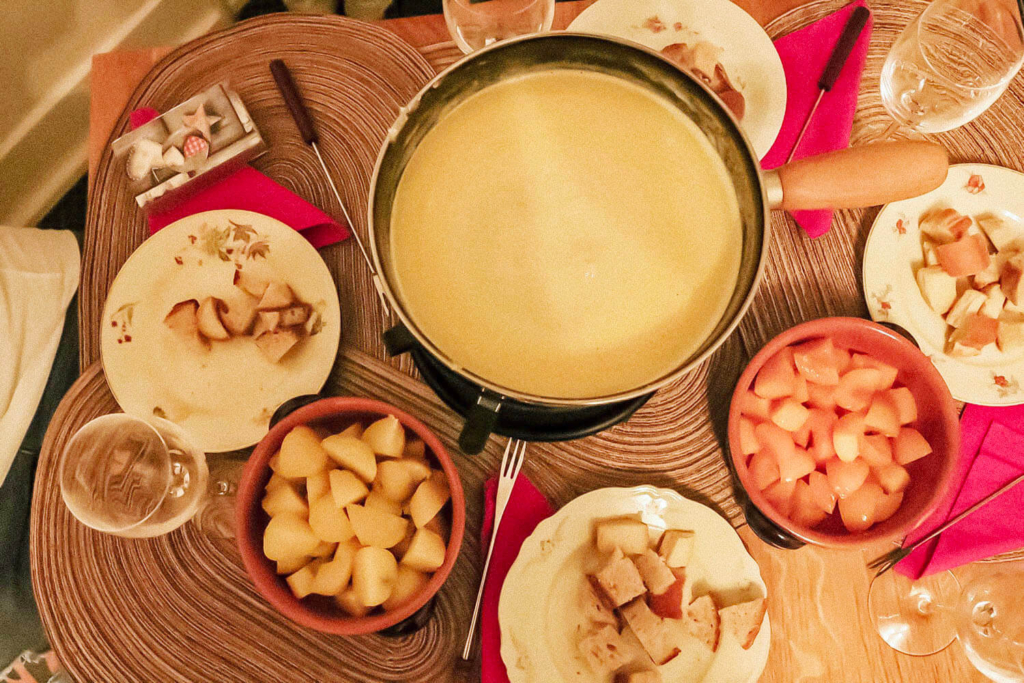
What we do know is that the first recipe for modern fondue appeared in 1875, already touting it as a Swiss national dish, and was further improved in the early 20th century when the emergence of cornstarch made it easier to create a smooth, stable mixture. After aggressive regional marketing by the Swiss Cheese Union in the 1930s and post-war period, the recipe was a national institution by the 1950s.
The Ingredients
The Cheese
Swiss cheese fondue recipes vary according to where you are, as many rely on the local specialty cheeses of Switzerland’s many regions.
One of the best-known fondue recipes is called “Moitié-Moitié“. Translating as “Half-Half”, it calls for equal parts Gruyère and Vacherin Fribourgeois cheeses, along with white wine, cherry schnapps, garlic and cornstarch, while another classic recipe uses only Vacherin Fribourgeois. The latter is considered to be easier to digest, as water is added instead of alcohol.
Depending on your preference, you can decide which cheeses to add to your own homemade fondue. For a smooth, buttery flavour, Emmental is a favourite, or for more spice, an Appenzeller cheese could be the right choice. A savoury, sophisticated and slightly sweet Gorgonzola or a spicy-nutty Camembert would be ideal for a fancy fondue, too. All it takes is a bit of experimentation to find the ideal blend for you.
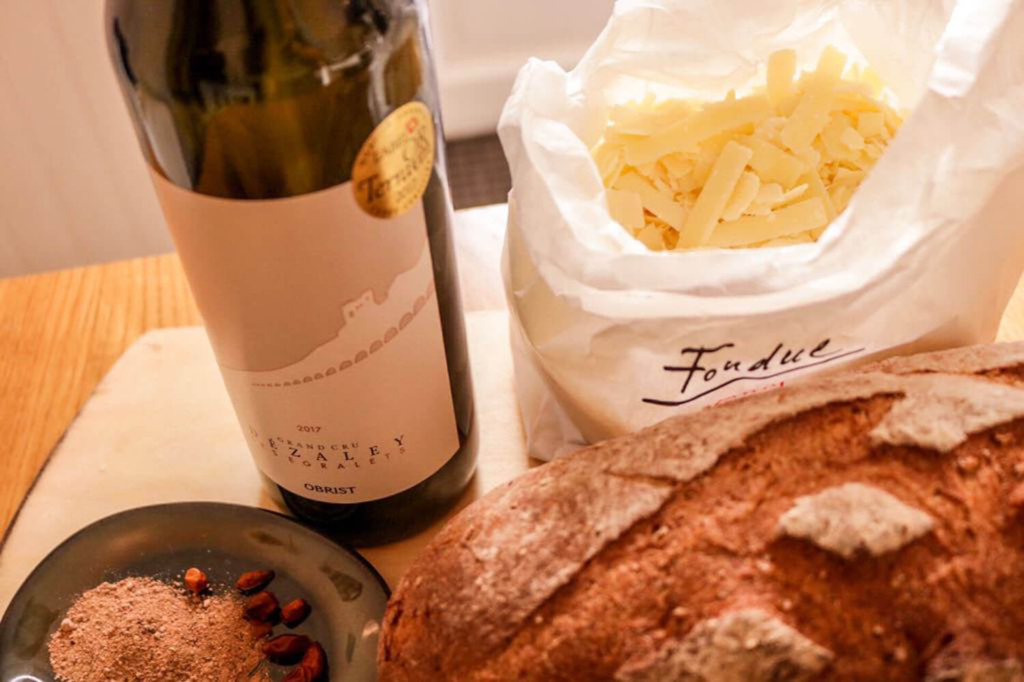
Whatever cheeses you choose, it is absolutely recommended to buy the freshest cheese you can find – don’t be afraid to grate it yourself.
The Flavourings
Cheese is vital in fondue, but it’s not everything. There’s a whole host of other ingredients that help make your cheese fondue unique and personalised to your taste. How about a dash of pepper, nutmeg, garlic, marjoram or even a little chilli for seasoning? For the liquid, do you prefer a dry white wine, a splash of cherry schnapps or a non-alcoholic version with apple juice or water? A delicate Champagne or sprinkling of truffles can be delightful, too! By selectively choosing your ingredients, you can significantly influence the taste of your fondue.
The Sides
Since dipping is the name of the game, a crusty bread is traditionally served with fondue. The bread is cut into little cubes, and each cube is impaled on the fondue fork and then dipped in the melted cheese. It’s okay to get creative, though: as the success of raclette already suggests, potatoes taste delicious with melted cheese. You can even try peaches or pears in syrup, an absolute yummy option!
The Drink
For sipping while dipping, most Swiss go for either white wine or tea (herbal or black). Some may also choose Kirsch (also called cherry schnapps), a strong distillate from cherries. Really hearty fondue lovers dip their cubes of bread in cherry schnapps first, then in the fondue!
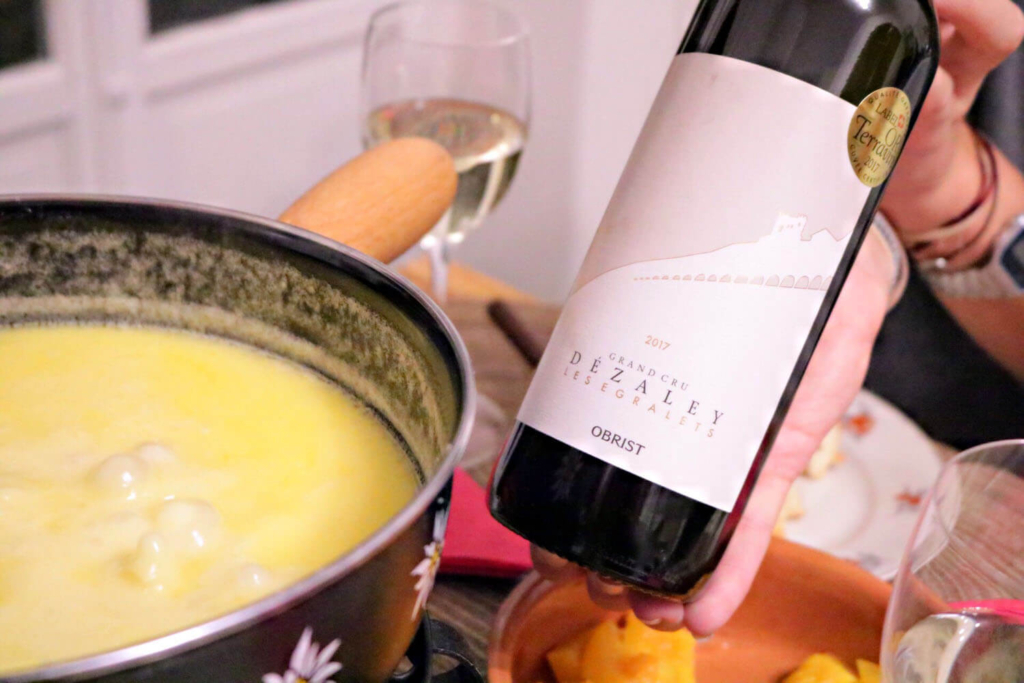
When choosing a wine to drink, opt for one with medium acidity such as a Chasselas from the Swiss regions of Valais or Vaud. Some foodies prefer a red wine, in which case we suggest a light pinot noir.
Beware of beer, juice or even water – many Swiss swear that drinking these cold drinks will cause the cheese to coagulate in your belly!
The Caquelon
Any Swiss person will tell you: it’s not real fondue if you don’t have the right tools. Authentic fondue is not cooked in a classic saucepan and eaten with a knife and fork. Instead, it is prepared in a pot called a caquelon, which is placed over a heat source (usually a spirit burner) on the serving table, to keep the cheese warm and melted for dipping. A caquelon should have a heavy bottom and Teflon coating, which prevents the cheese from sticking too much to the bottom. For dipping, special long forks are used. This equipment is found in every Swiss household. If you can’t find it in supermarkets where you live, try ordering online.
The Recipe
Basic Cheese Fondue Recipe for 4 persons
800g cheese of your choice, grated
2 cloves garlic
400ml white wine
2 tsp cornstarch
200ml cherry schnapps
Ground nutmeg
Pepper
Lemon juice (optional)
500g crusty bread, cut into small cubes
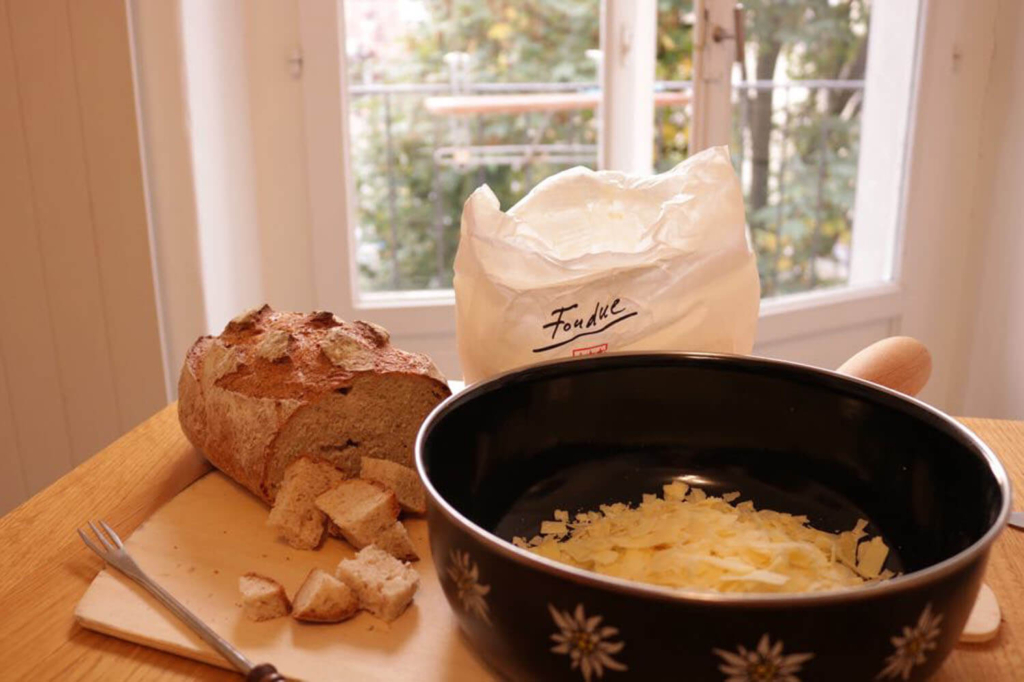
Rub the peeled garlic all over the inside of the caquelon pot, and then leave it in the pot. Add the wine and bring to a low boil over low heat. Then, increase heat to medium, add the cheese and stir constantly as it melts. Dissolve the cornstarch in the cherry schnapps, then stir into the cheese mixture. Continue stirring patiently; if the cheese and other liquids don’t bind, add a bit of lemon juice or some more cornstarch. Once the cheese is melted and the ingredients have combined well, season with pepper and nutmeg to taste. Serve by placing the caquelon on the serving table atop the lit heating source. Continue stirring throughout the meal as needed.
The Experience
Enjoying fondue is like a game: losing the bread, potato, fruit or whatever you’re dipping in the cheese is inevitable, so make it fun with rules for what diners have to do when it does happen. Having to sing a song, put money into a common pot or take a drink of schnapps are some of the popular ones!
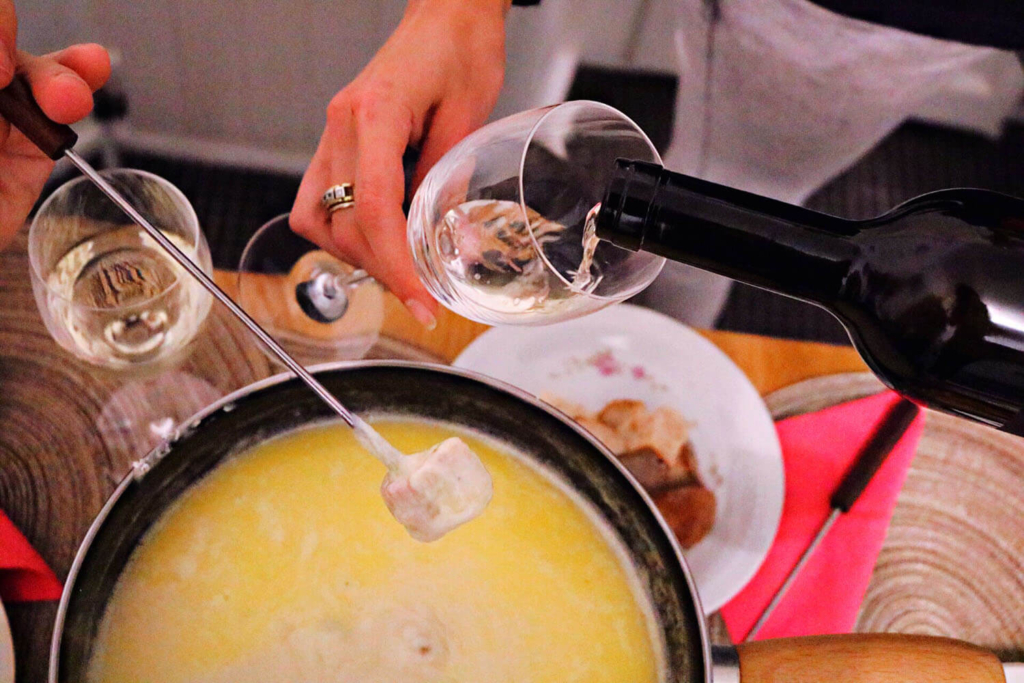
When the caquelon is nearly empty and the heat has been reduced, there’s usually still some crusty cheese clinging to the inside of the pot. This is a delicacy! Pass the caquelon around and let everyone scrape out a bit of the cheese crust, called “le religieuse”.
Enjoy – and don’t forget to open a window or two!
All Photos [excluding photo at top] are courtesy Marina Cantafio

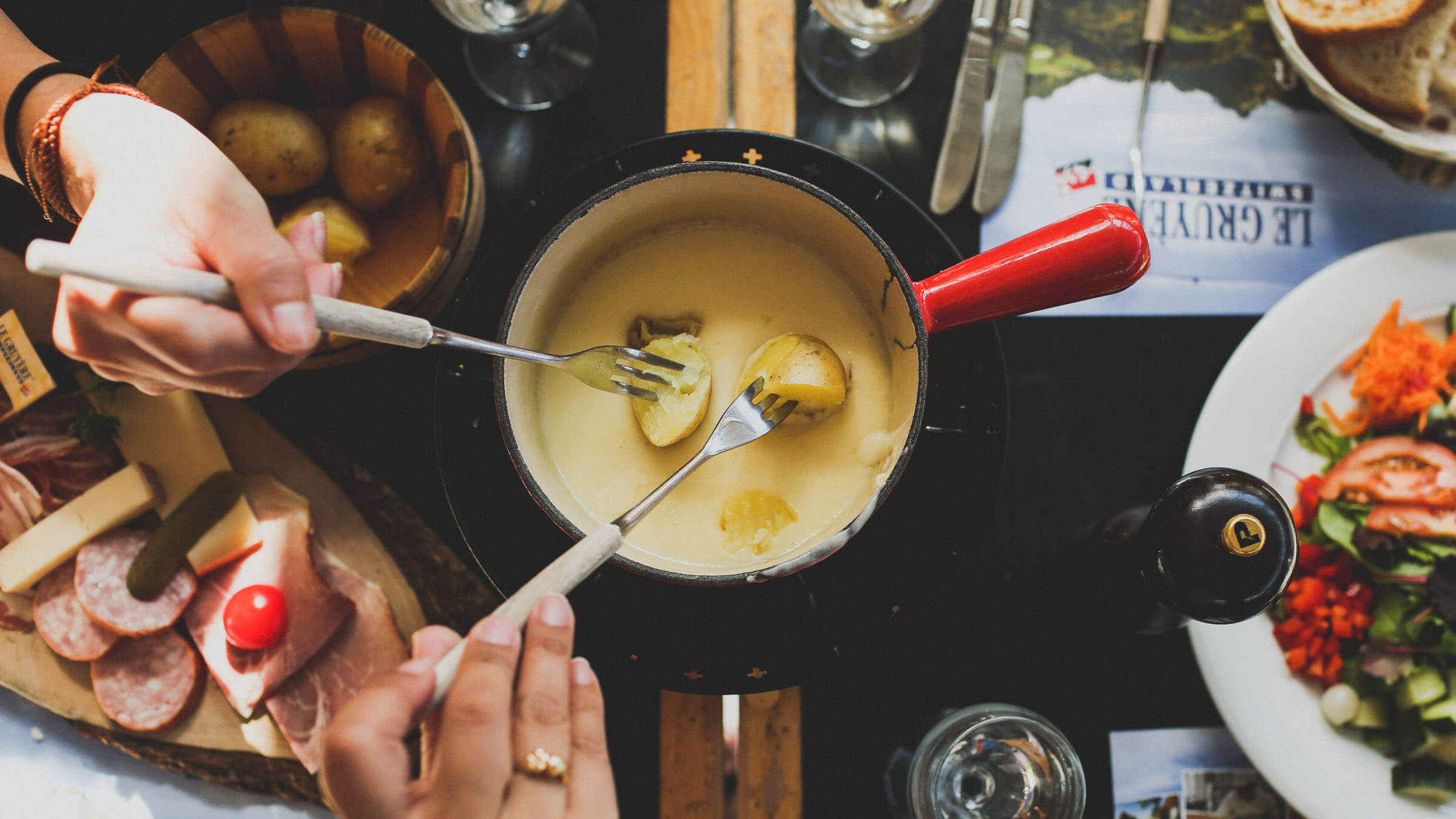
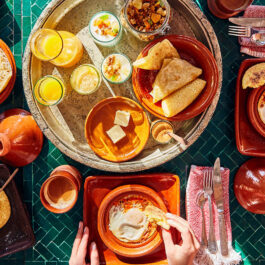
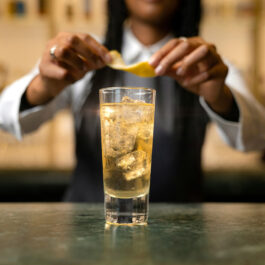
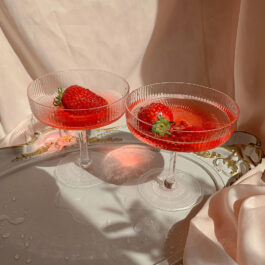
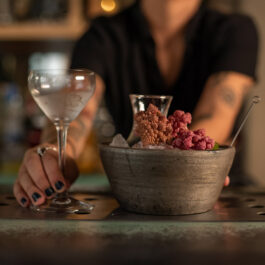
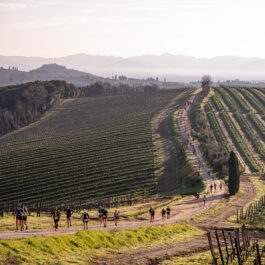
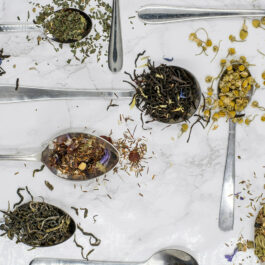
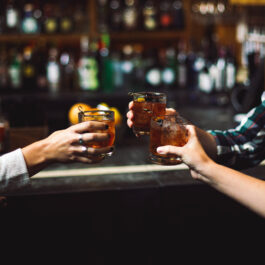
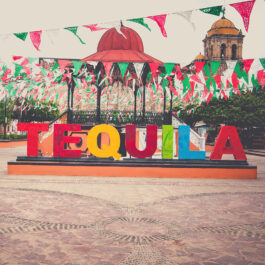
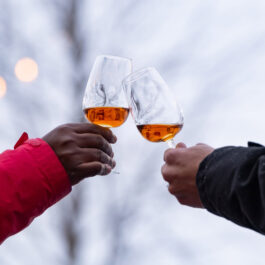
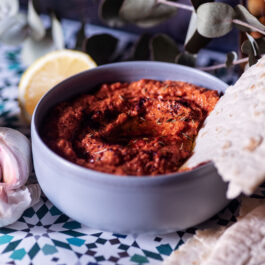
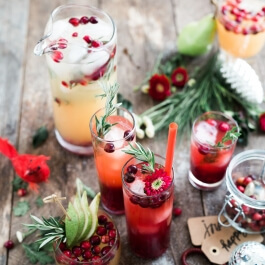
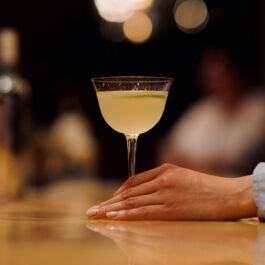
Sorry, the comment form is closed at this time.